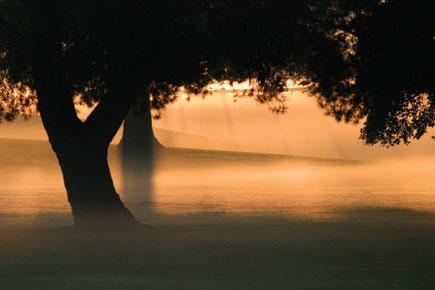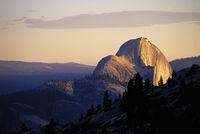Mike Stensvold
|
Nov 01, 2005
|
Sep 01, 2005
|
Jul 01, 2005
|
Mar 01, 2005
|
Feb 01, 2005
|
Sep 01, 2004
|
Aug 01, 2004
|
May 01, 2004











